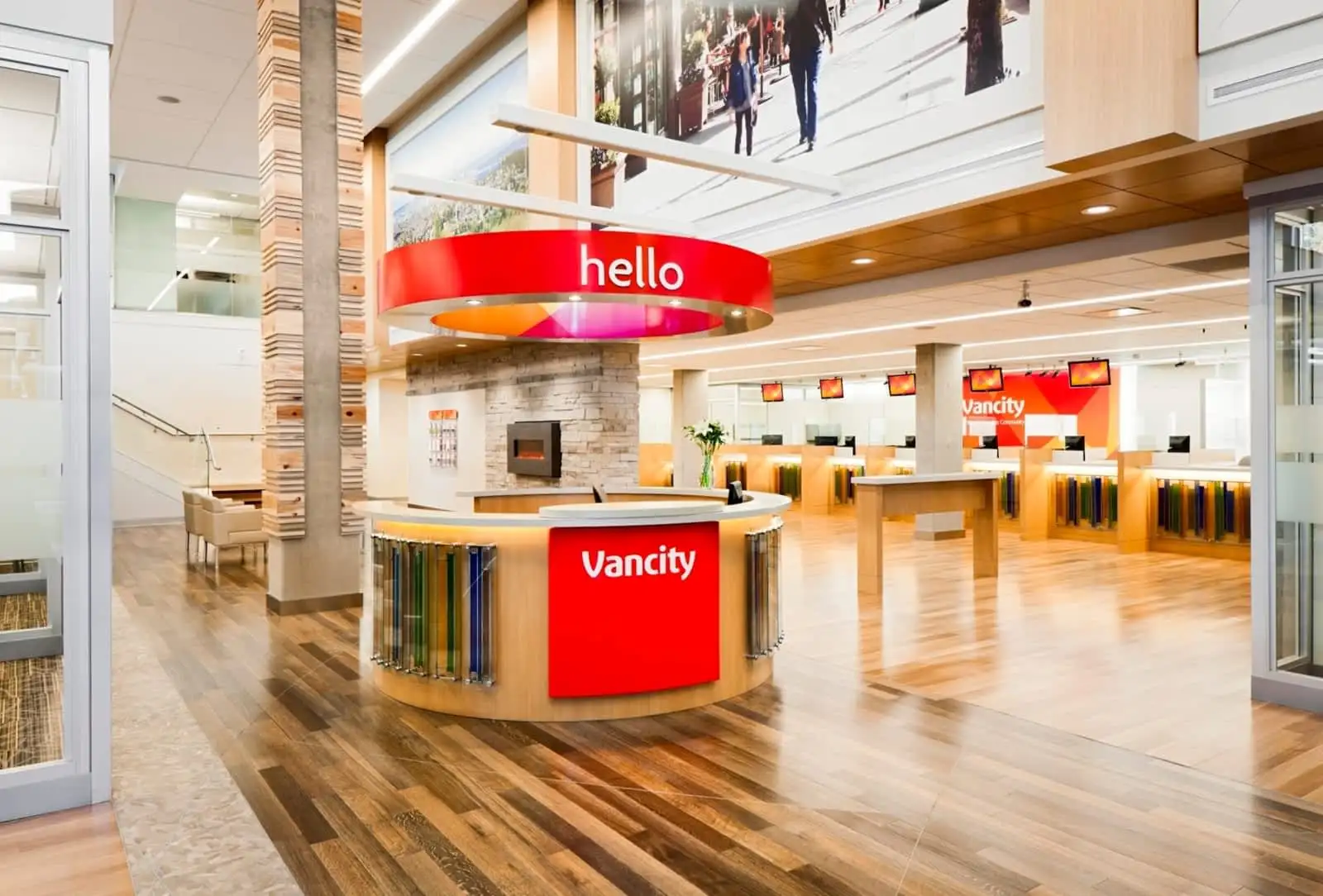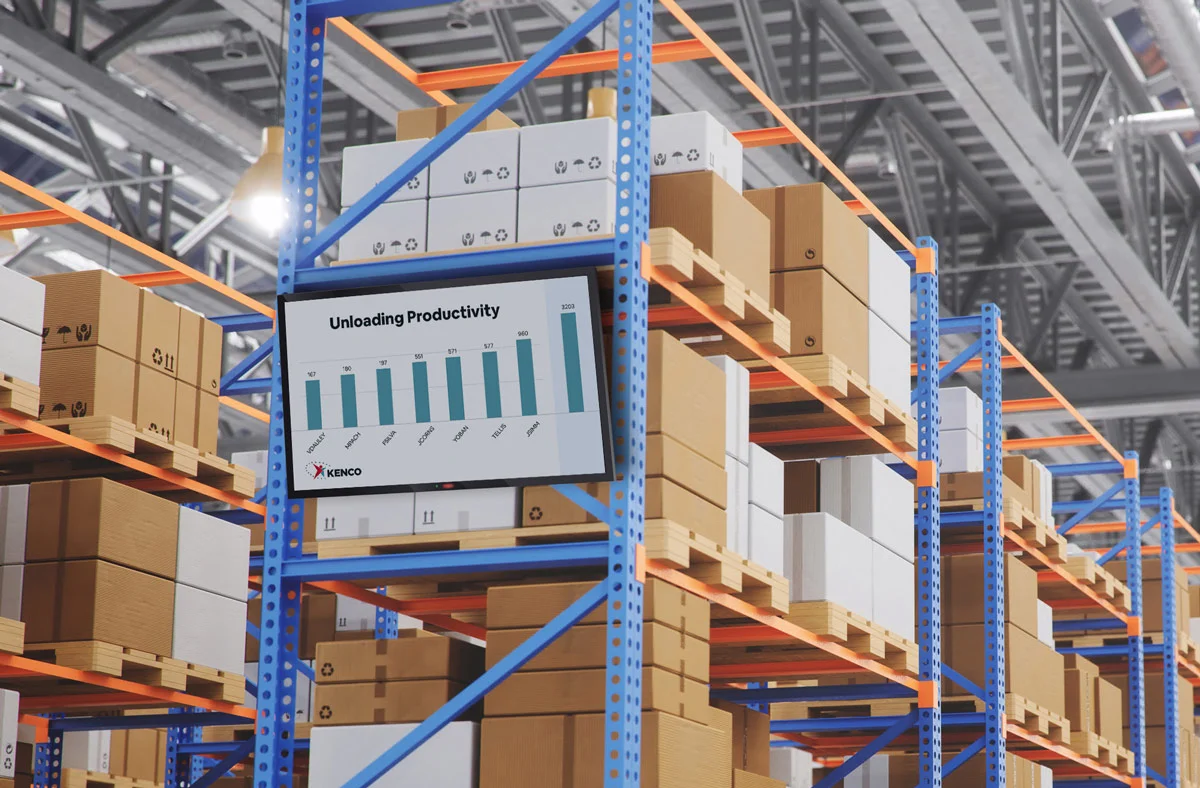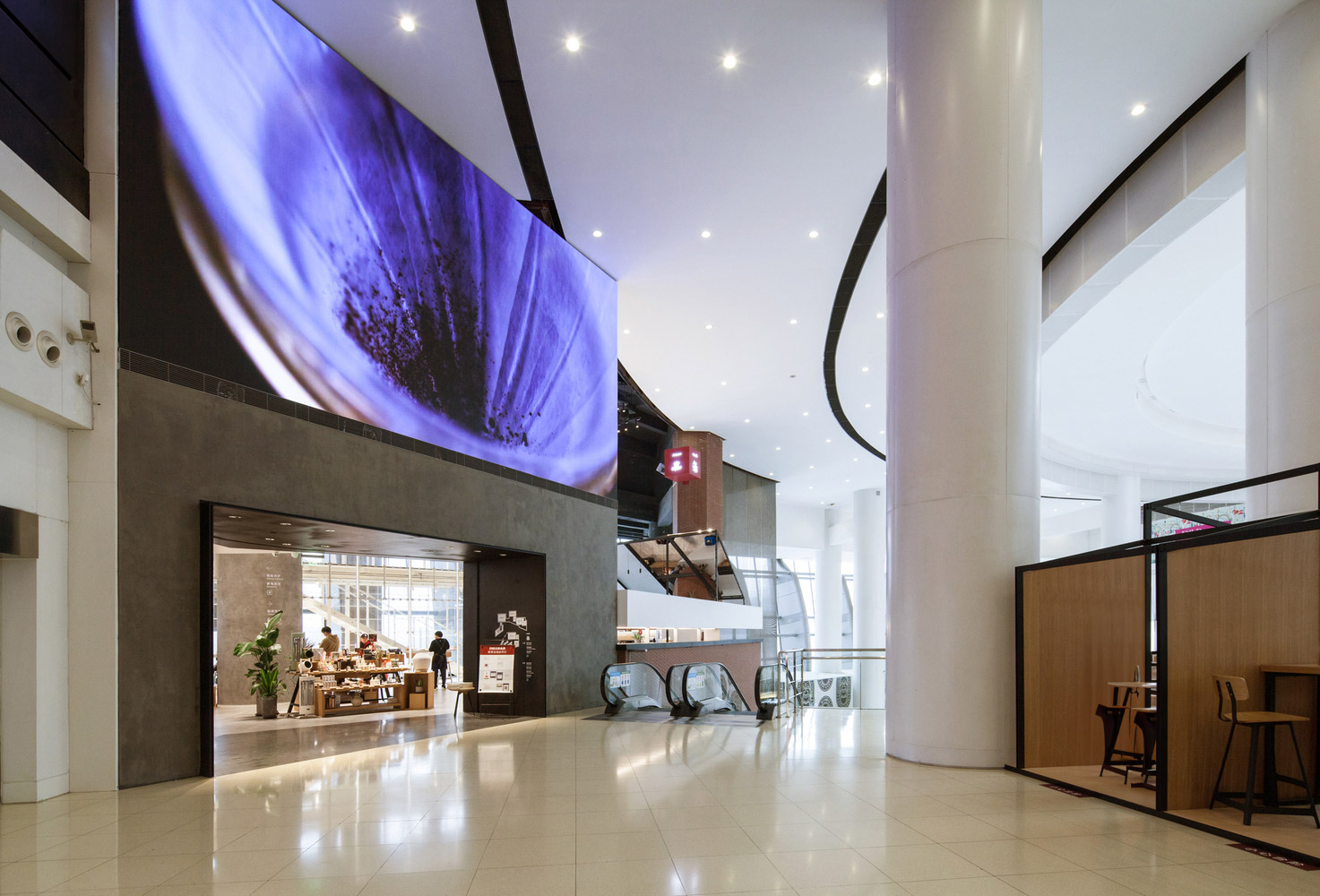Latest Digital Signage Trends in Manufacturing: AI-Driven and Interactive
WRITTEN BY: TelemetryTV, 03-20-2025
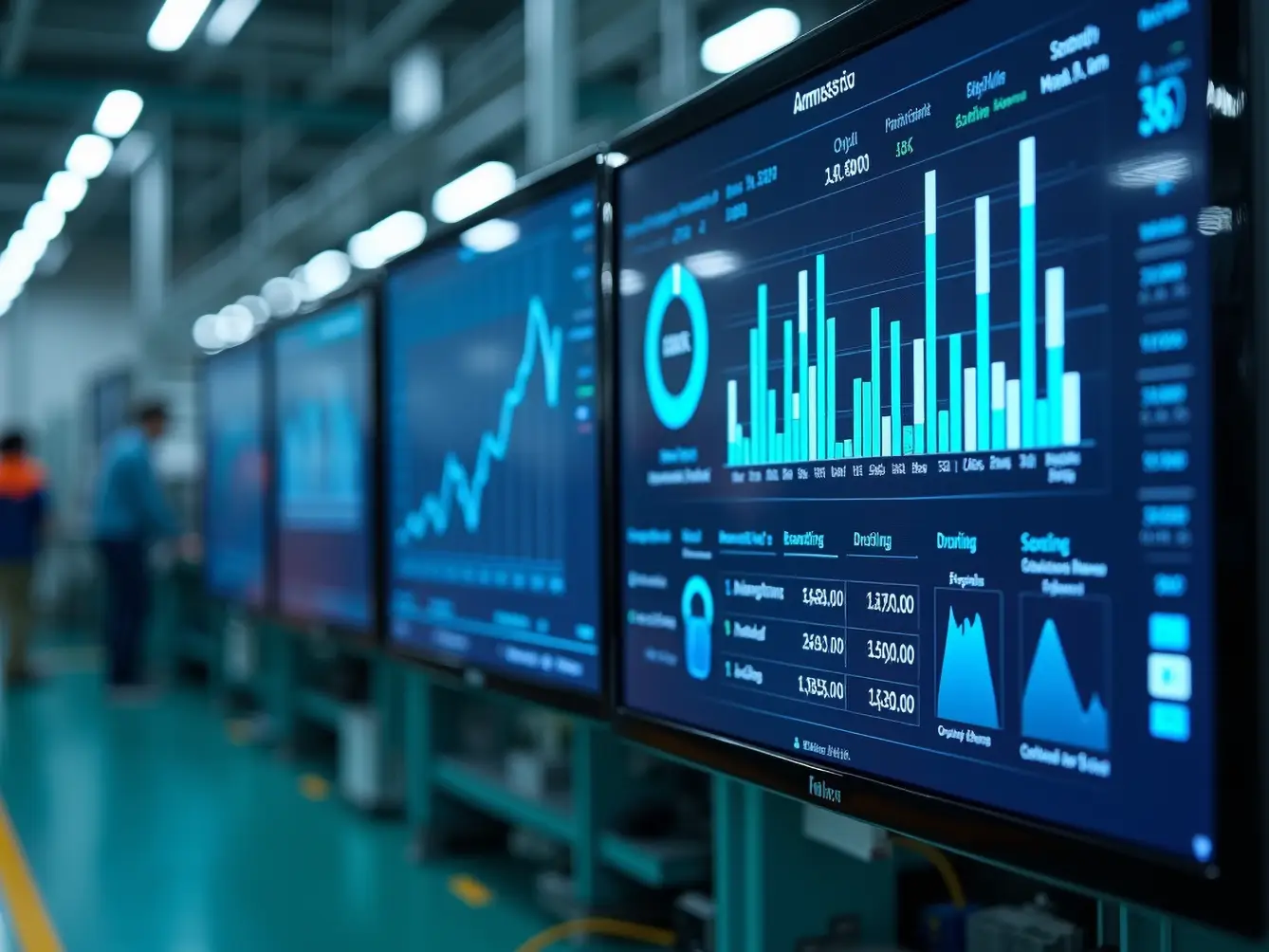
Modern manufacturing—encompassing plants, factories, and warehouses—is embracing digital signage as a powerful tool for boosting efficiency, safety, and workforce engagement. No longer limited to static posters, these screens now feature integrations with AI and IoT sensors. The result: dynamic, real-time information that is transforming assembly lines and distribution centers.
AI, Computer Vision, and Sensor Integration
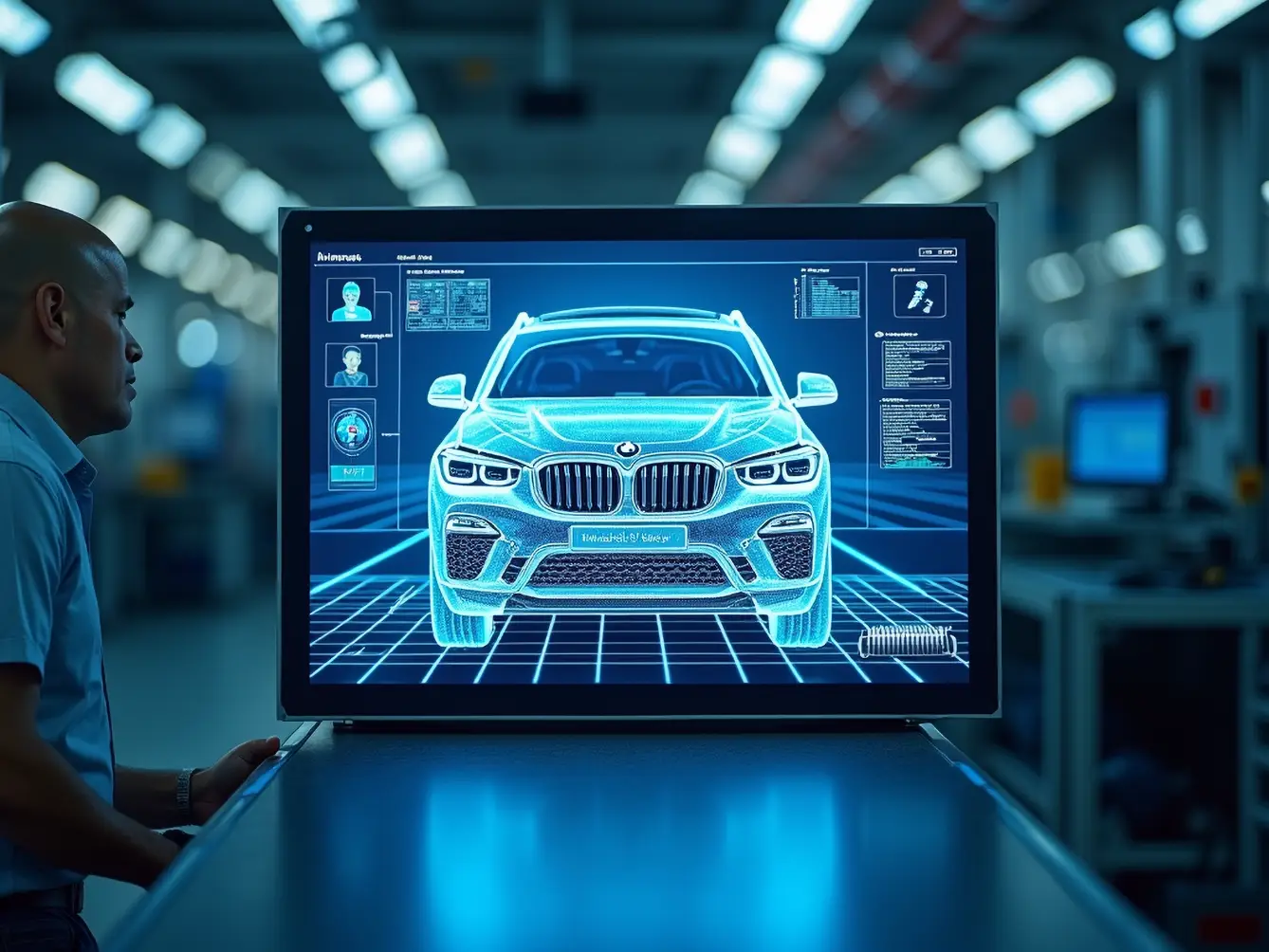
One notable trend in digital signage manufacturing is the integration with computer vision. Cameras and sensors on equipment detect anomalies in assembly-line output or spot employees who have forgotten PPE. When an issue arises, the system triggers alerts on nearby screens. This immediate feedback, sometimes linked to IoT data, helps reduce accidents and inefficiencies. Some reports indicate that 32% of manufacturers now display real-time KPIs on digital signage, a figure that continues to rise. Even a small improvement in uptime delivers notable gains.
AI-Driven Content Creation and Automation
Artificial intelligence is also reshaping how content is produced. AI-driven insights, such as automated summaries of shift performance or on-the-spot safety reminders, appear on displays without manual intervention. Cloud-based digital signage software can respond to real-time conditions, overriding standard programming with emergency instructions when needed. This data-centric approach keeps employees informed and supports immediate action.
Interactive Kiosks and Touch-Enabled Displays

While some screens are purely informational, others now enable two-way interaction. Large warehouses may install kiosks for logging maintenance requests or reviewing shipment details. By reducing dependence on supervisors, workers can solve issues on the spot. Touchscreens also deliver on-demand training: operators can tap through steps to troubleshoot a packaging line or update a machine’s status in real time, all via software for digital signage.
Enhancing Safety and Compliance
Safety ranks high among reasons for deploying digital signage in manufacturing. Studies show that switching from static posters to dynamic displays can cut incident rates by around 20%. Real-time alerts and data visualizations improve awareness and remind teams to follow correct procedures. If an incident occurs, screens can instantly switch to emergency instructions. This visual approach complements (or replaces) audio-based warnings in loud factory environments.
Real-Time Data for Better Efficiency
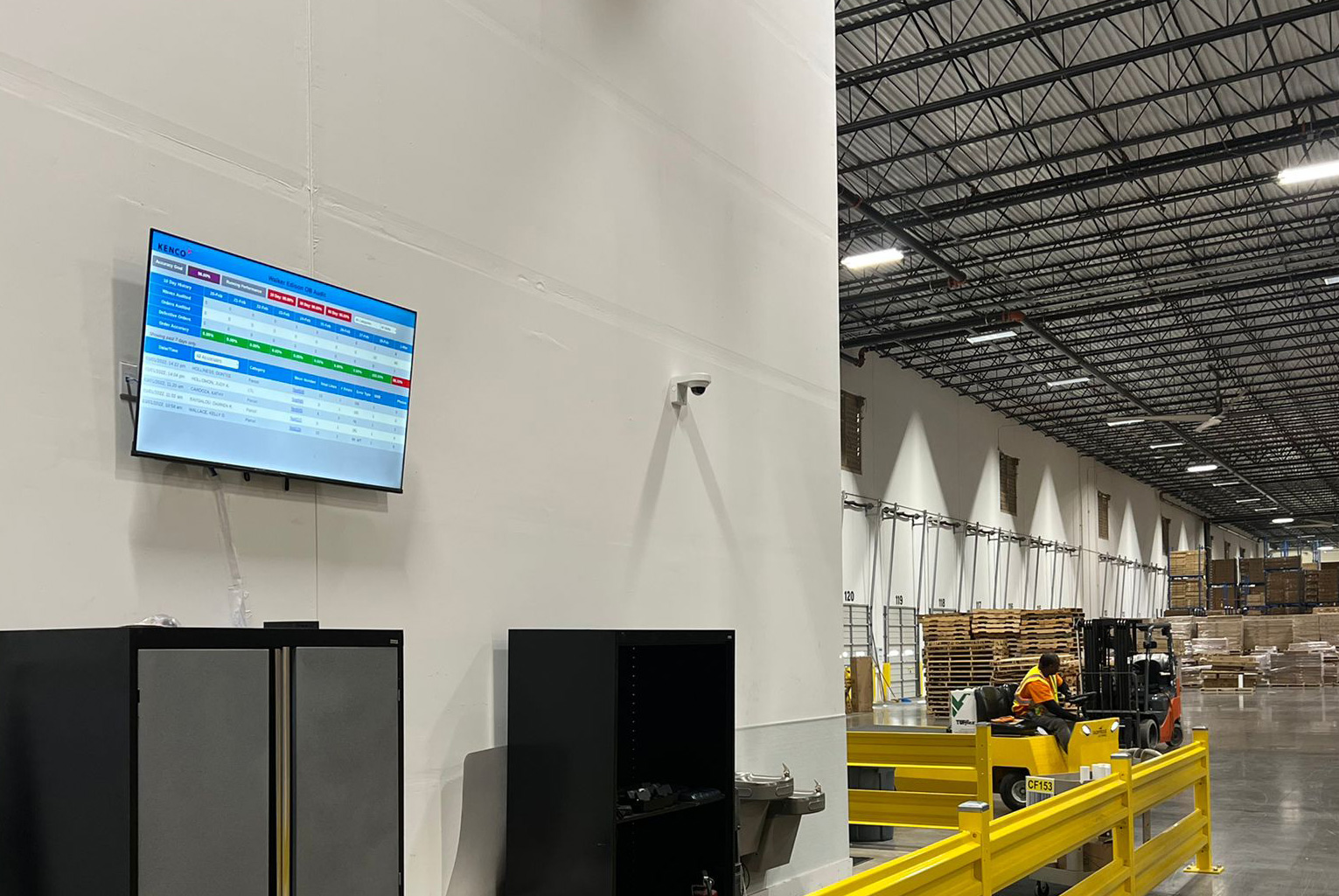
Efficiency remains a driving factor for many manufacturers. Digital signage software solutions that reveal live data on throughput, downtime, or machine health let supervisors and workers respond fast. Studies suggest dashboards can cut quality defects by up to 41%. By automating data delivery, plants can save time and ensure consistent, immediate communication. Enterprises often replace old bulletin boards or manual reports with a unified digital interface.
| Key Metrics | Value/Percentage |
| Reduction in workplace injuries | ~20% |
| Increase in employee engagement | ~22% |
| Fewer quality defects | ~41% |
| Productivity gain in some sites | ~30% |
Edge AI and Local Processing
Some digital signage software solutions run AI at the edge, analyzing video feeds or sensor inputs in near-real-time. If a camera identifies an overheated machine, nearby screens can post an instant alert. That local responsiveness does not hinge on internet connectivity.
Broadening Employee Engagement
Manufacturing floors are often noisy, with employees who seldom check email. By placing data-driven screens in break rooms or near production lines, companies ensure that everyone sees essential announcements and performance goals. At Kenco, participation in onsite events rose by 40% once event details moved onto digital signage. Safety awareness improved as workers viewed incident stats in real time, helping reduce complacency.
Future Innovations in Digital Signage Manufacturing

• AR and Extended Reality: Augmented reality features could tie into digital signage, displaying layered instructions on equipment. Workers might scan a kiosk-generated QR code with a tablet to see real-time maintenance steps.
• Advanced Analytics: Some systems already track how many employees watch a given message. Over time, AI may recommend the most effective content schedule, correlating screen time with production or safety data.
• Flexible Hardware: Whether it is a giant LED wall or an ultra-low-power e-ink display, advancements in screen technology continue. Larger displays facilitate visibility on sprawling factory floors, while e-ink suits smaller, static updates.
Conclusion and Next Steps
From computer vision spotting safety lapses to AI-driven scheduling, digital signage is fast becoming the information backbone of manufacturing. By delivering crucial data to the right people at the right time, displays encourage proactive decisions, higher output, and fewer incidents.
For companies looking to modernize their operations, the evidence is compelling. Real-time visibility, interactive capabilities, and AI-driven automation are no longer extras: they are transformative features available now.
Drive Efficiency and Engagement
Ready to bring next-level visibility and automation to your manufacturing operations? Leverage a data-driven approach with our digital signage software for real-time insights and safer workflows.
Start for Free


